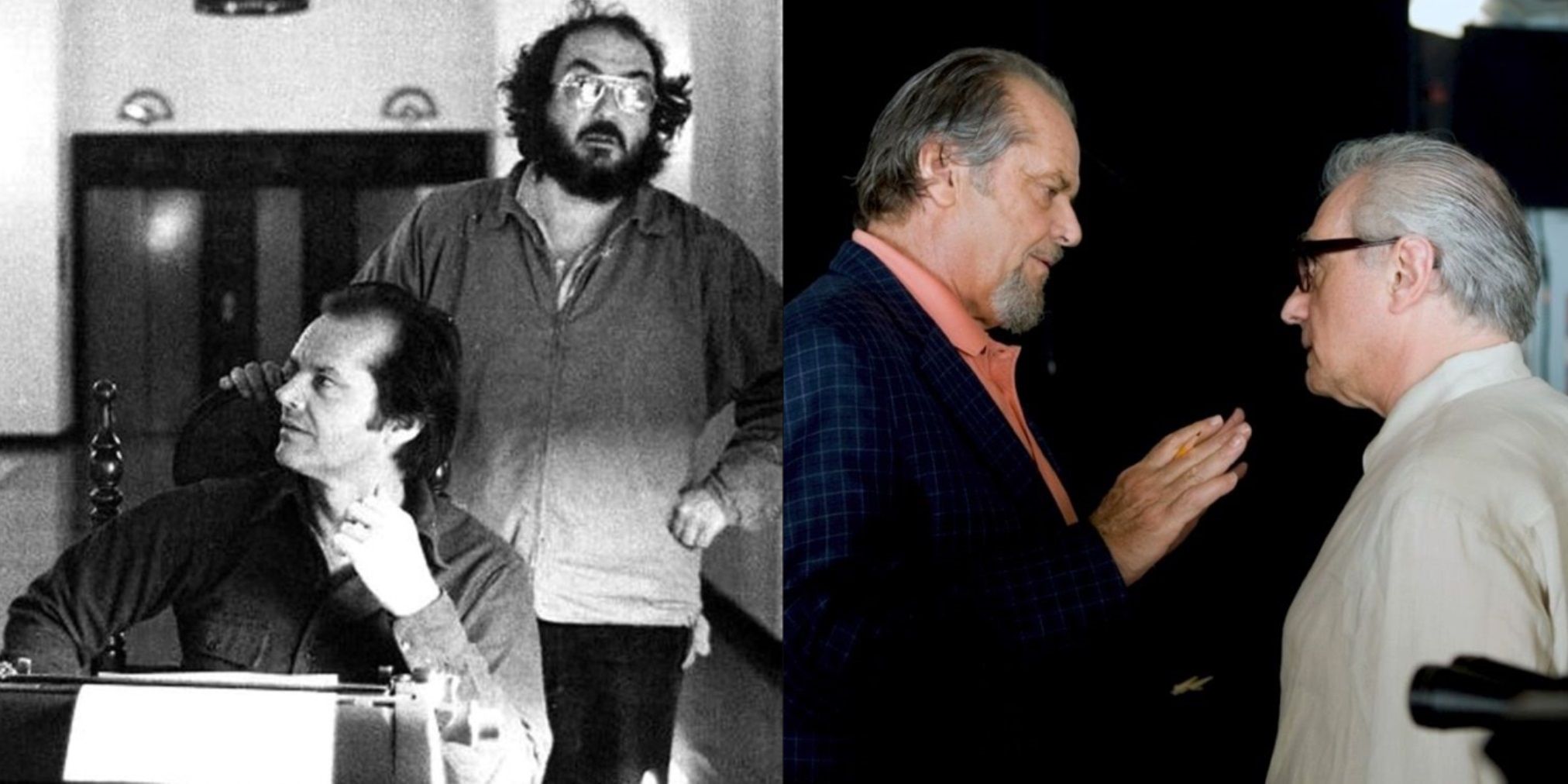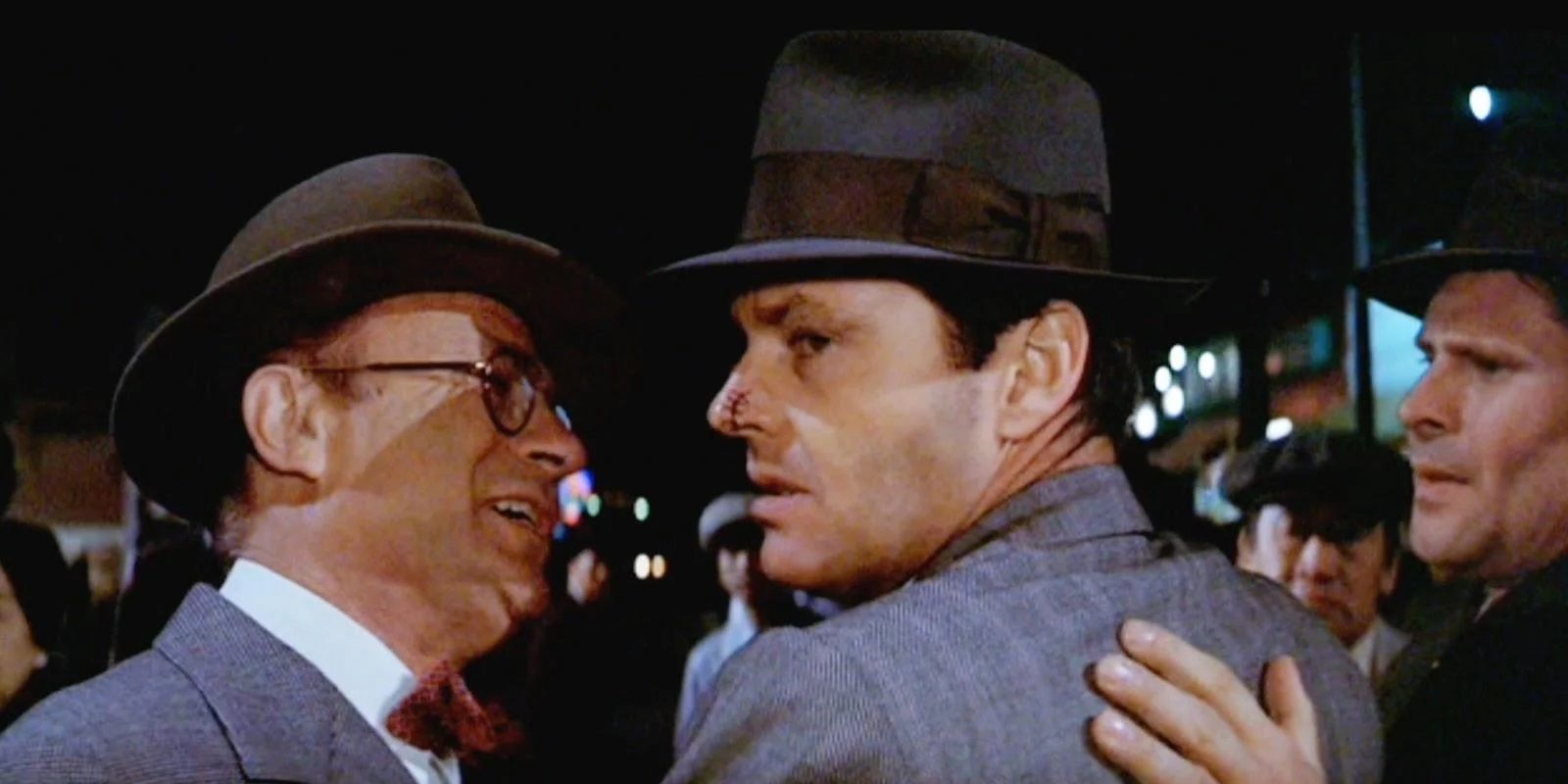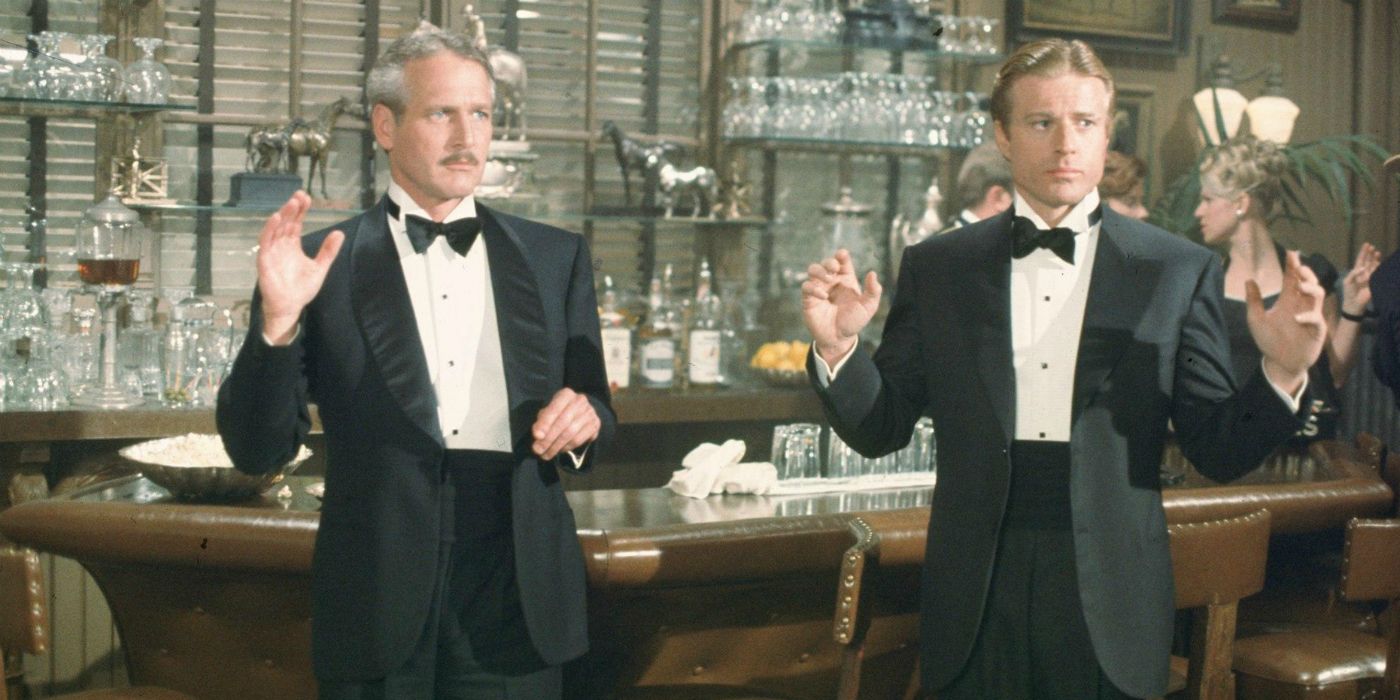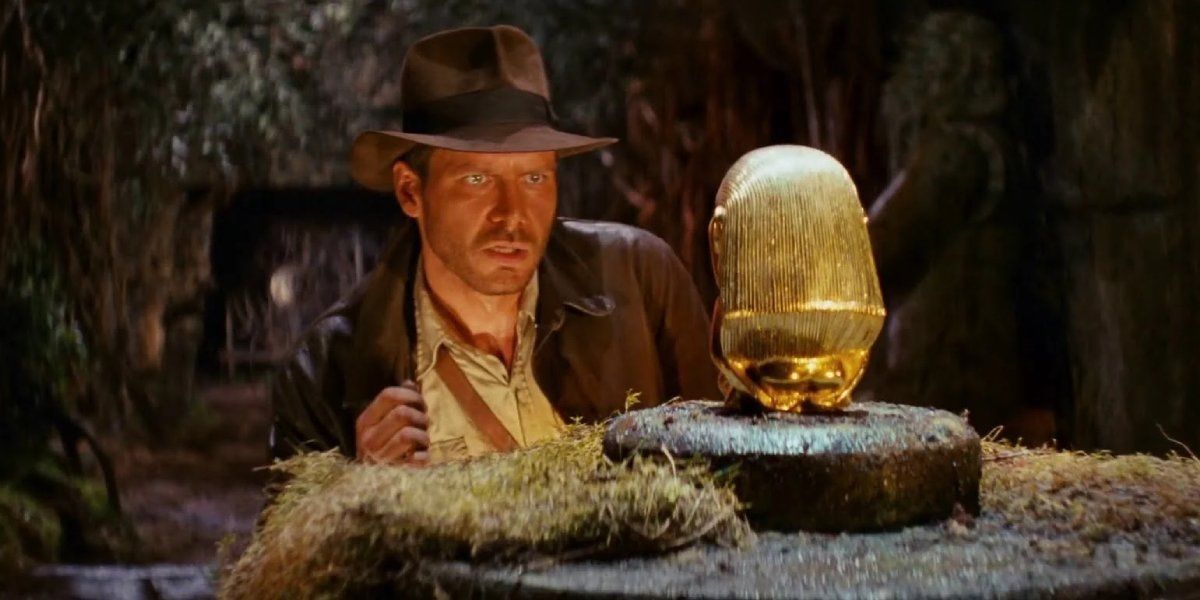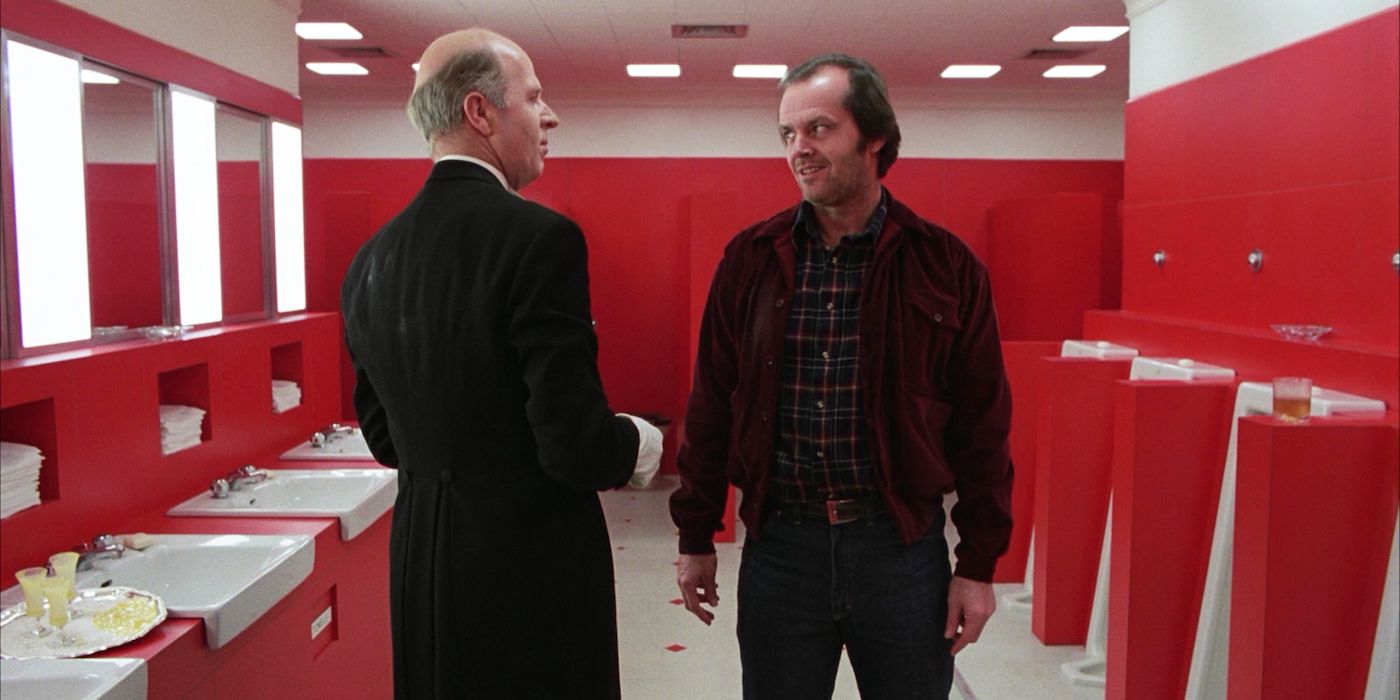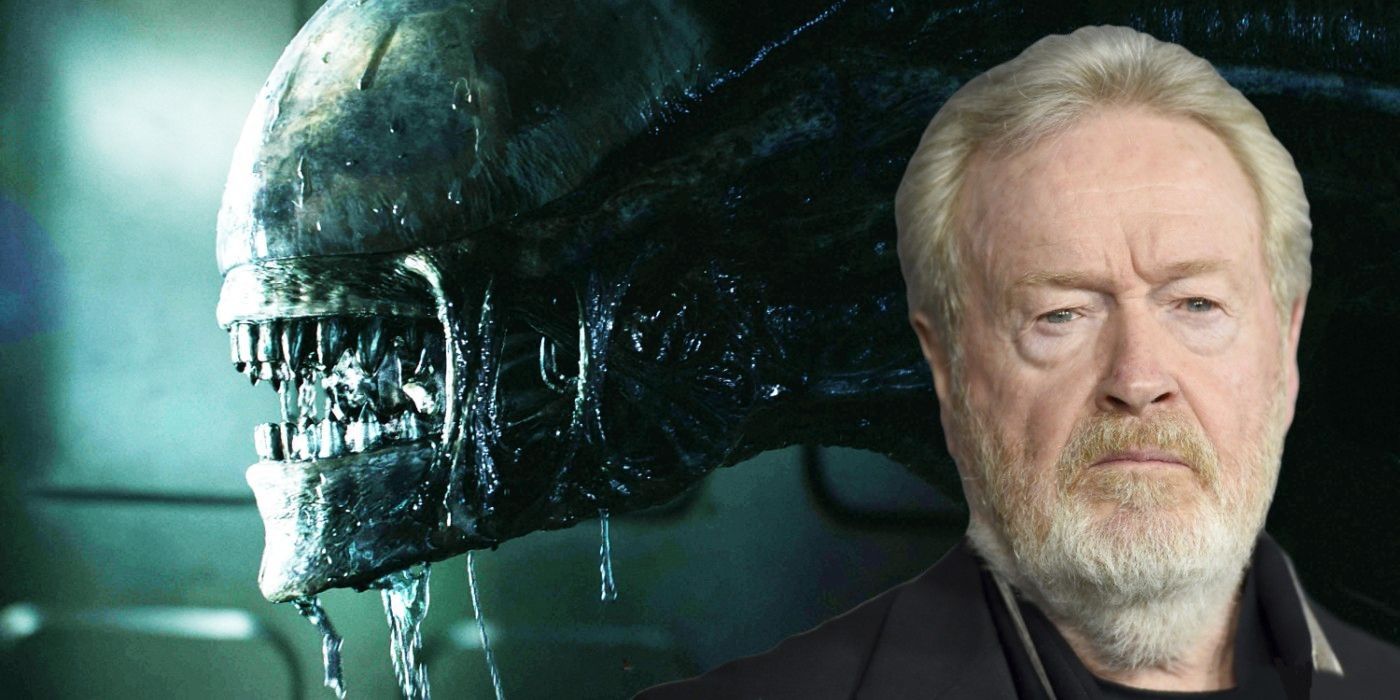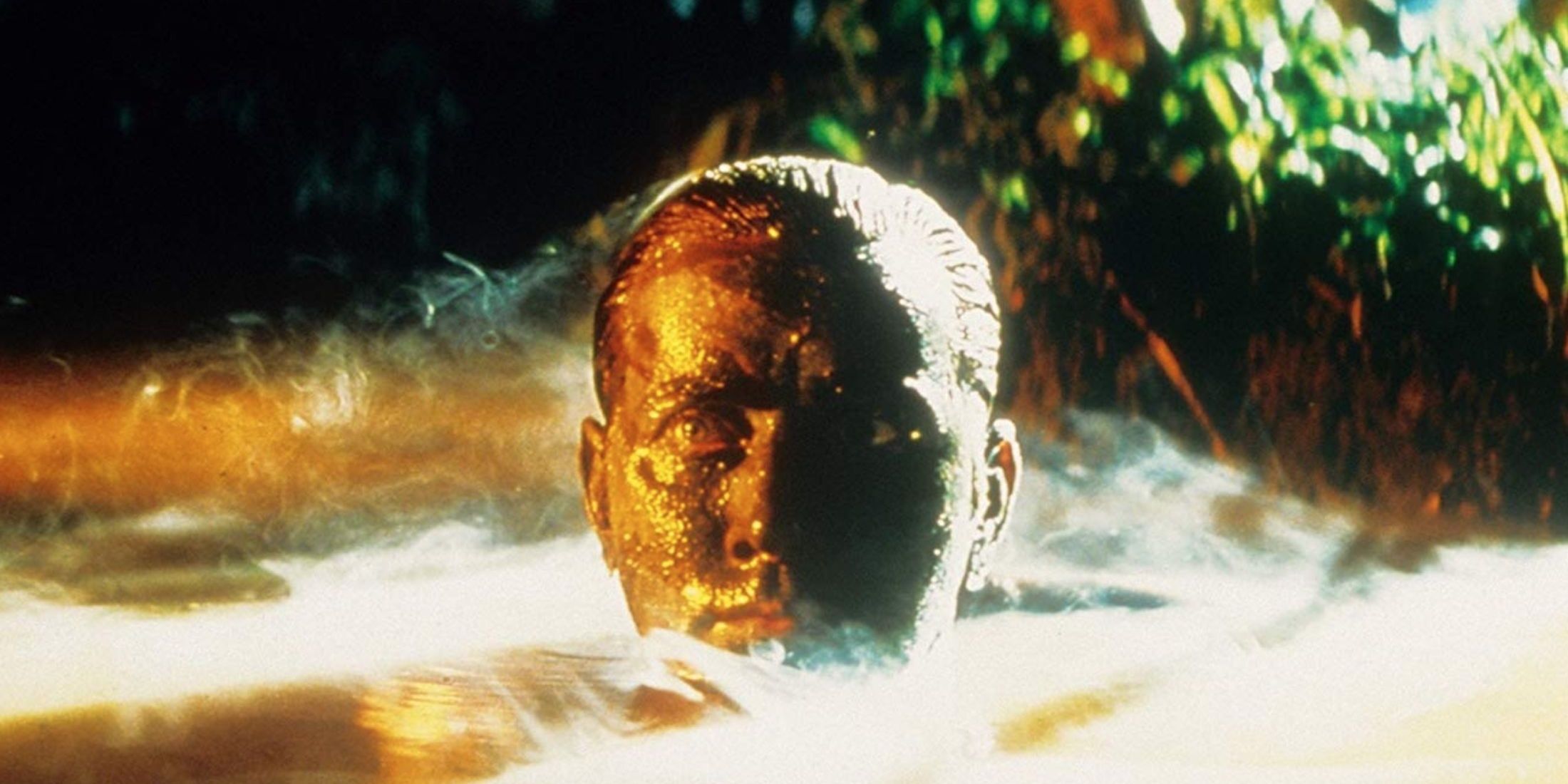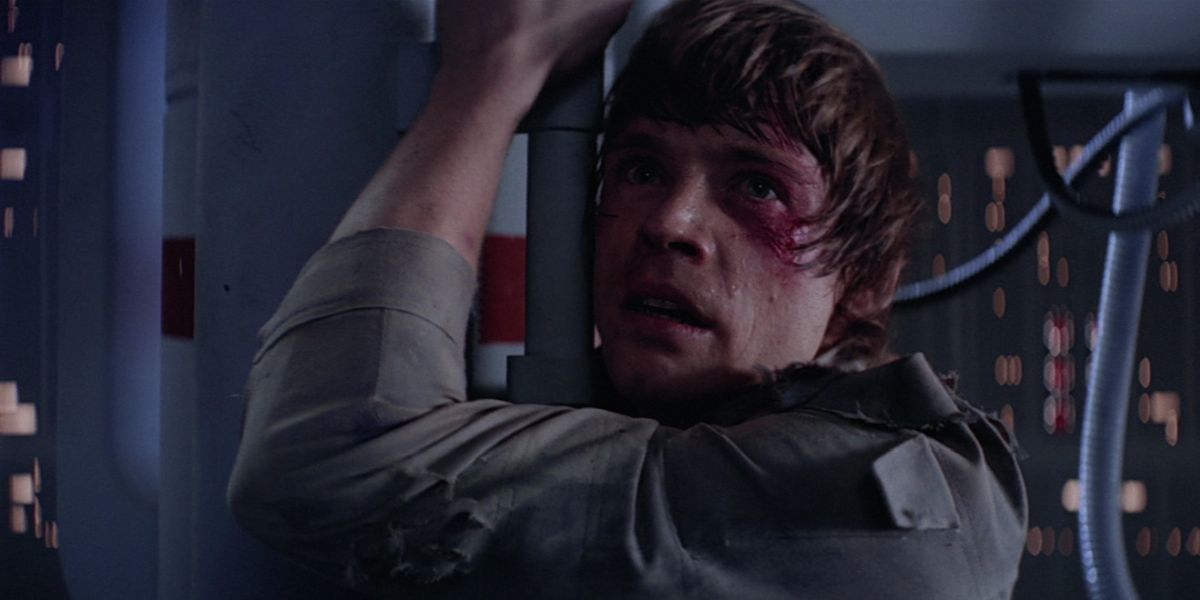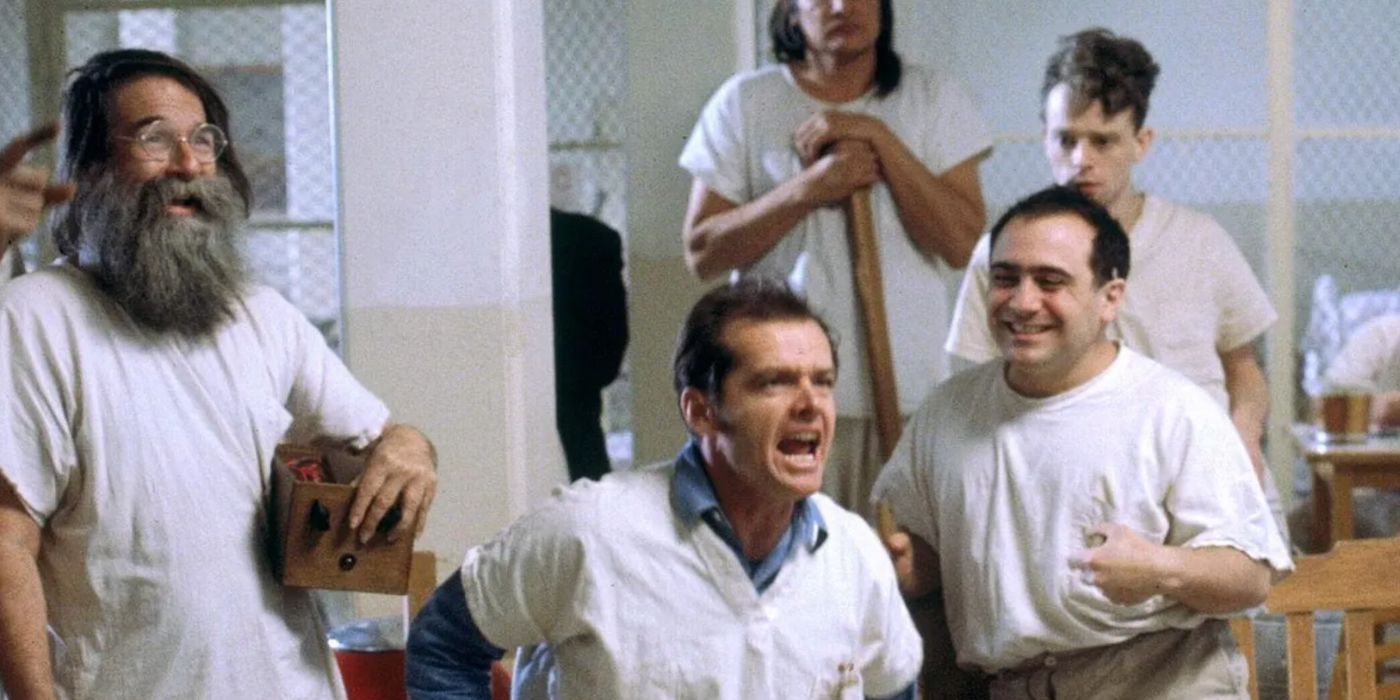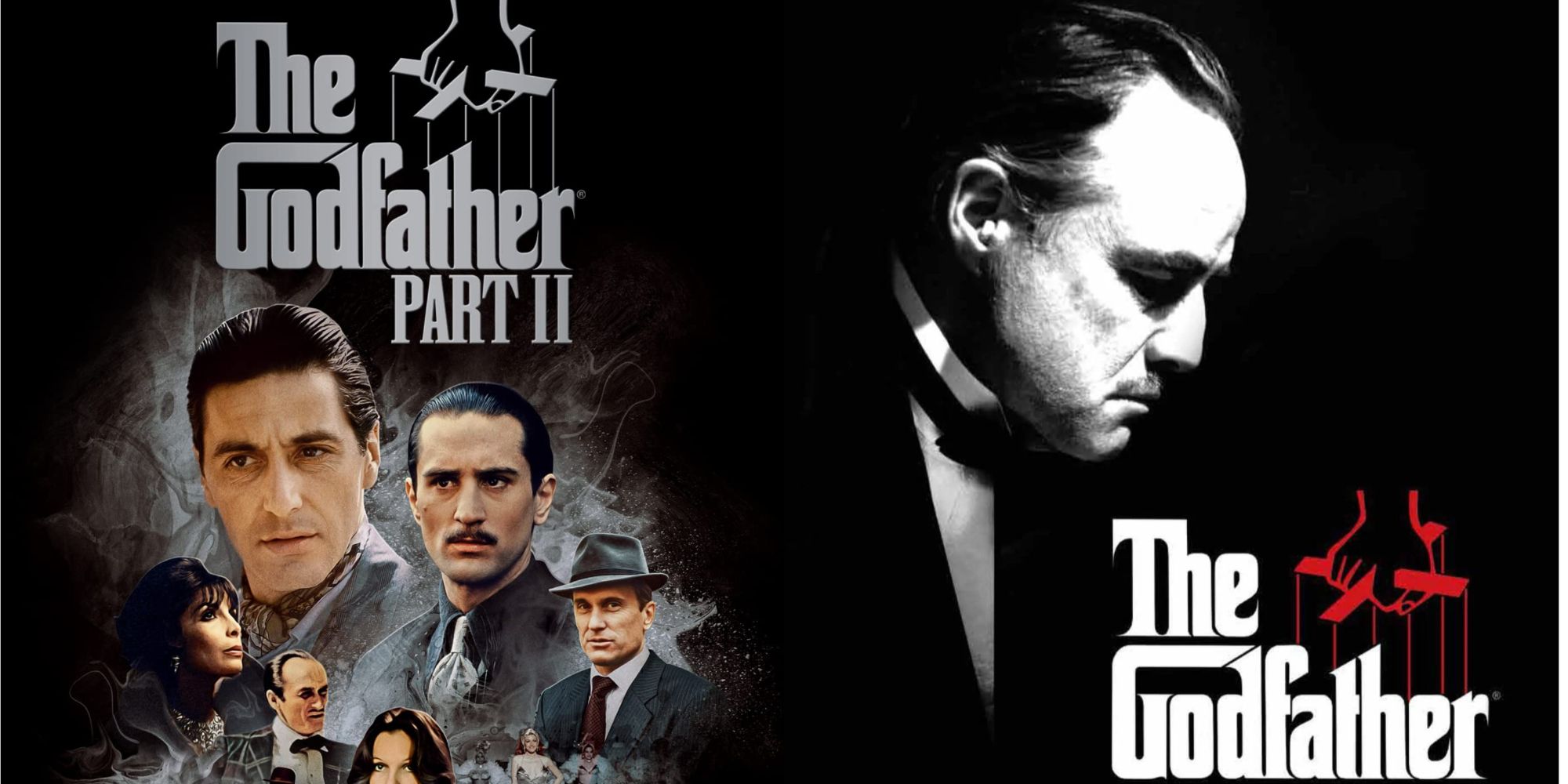Fans of the American New Wave of cinema are sure to be delighted with the upcoming slate of movies and tv shows from some tent pole directors of the era. Steven Spielberg with The Fablemans, Martin Scorsese with Killers of the Flower Moons, and Ridley Scott with his Apple TV+ show Napoleon mean that the creativity of the American New Wave is still alive and well today.
The American New Wave, sometimes known as "New Hollywood" was a period in filmmaking from the mid-1960s to the early 1980s and saw the arrival of some of the most legendary directors in film history. When once films were generally studio and producer controlled, the American New Wave saw control going to the directors who suddenly had the latitude to make movies exactly how they saw them. This level of control led to the production of films considered some of the best ever made.
Chinatown (1974) - 8.2
Chinatown is filled with the talented stars who were some of the biggest names during the American New Wave era. Jack Nicholson and Faye Dunaway star in the Roman Polanski hit. The film was nominated for 11 Academy Awards and is preserved in the National Film Registry.
The film is a classic neo-noir mystery but Roman Polanski adds layers of psychological drama to modernize the entry. Polanski's dark vision of the world combined with the Robert Towne script made for a film unlike many had seen before. The grim ending and first person view of the film were hallmarks, new to the era.
Taxi Driver (1976) - 8.2
The American New Wave was in part defined by the bleakness of its films and their subject matter. For many decades in Hollywood, producers were generally putting out lighter films that could appeal to mass audiences and be made quickly. But the arriving New Hollywood directors depicted the darker reality of what they saw in the world.
Taxi Driver was Martin Scorsese's fifth film and was his most highly rated at the time. The film stars Robert De Niro in one of his best roles. The darkness of the film and plot is unrelenting but the naturalism of De Niro's acting and the intimate directorial style by Martin Scorsese that makes it seem like we are watching the film through Travis Bickle's eyes makes this a genre classic.
The Sting (1973) - 8.3
Paul Newman began his career on Broadway and in films as the beautiful leading-man before his career had a bit of a slump in the early 1960s. But his incredible acting ability along with his looks made him a perfect performer for the height of American New Wave and launched him into stardom.
Films of the American New Wave spoke with the movies that came before them. In The Sting, arguably Newman and Redford's best movie together, director George Roy Hill studied caper films from the 1930s to help inspire his modern take on the genre. The filmmakers used muted colors and anachronistic music to make a film that was reminiscent of that period while still retaining modern sensibilities and performances.
Raiders Of The Lost Ark (1981) - 8.4
Raiders of the Lost Ark is considered one of the original modern-adventure films and was conceived by George Lucas and Steven Spielberg as an update on the serials they used to watch in their youths. The non-stop action and comedic/horror tone had not been done before and audiences were immediately in love.
Spielberg and Lucas gave up sequel rights for total control and the deal ended up being in everyone's favor. Harrison Ford's leading man performance was revolutionary as a book-smart treasure hunter who appeared perpetually grumpy but always seemed to have the upper-hand. A far cry from the dashing heroes of the early 20th century.
The Shining (1980) - 8.4
Stanley Kubrick was one of the key figures in the American New Wave and his directorial style is notorious for how hard he drove his actors but also completely revolutionary in his techniques. The Shining stars Jack Nicholson and Shelley Duvall and their performances are incredibly real and harrowing as the story descends into madness.
Kubrick used a number of novel filming tricks including liberal applications of steadicam shots. Kubrick reversed the orientation of the camera by putting it closer to ground to create some of the famous hallway tracking shots. The eerie stillness of the scenes immersed audiences in the haunted house and the film.
Alien (1979) - 8.5
Before 1979, audiences had never seen a film like Alien, one of director Ridley Scott's best movies. The closest film may have been Spielberg's Jaws in 1975, but Alien had none of the rollicking adventure sense of that film. It was pure, adult horror with violent sexual overtones thrown in for good measure.
Ridley Scott set out to disturb audiences, and he succeeded in that thanks in large part to the unsettling production and creature designs by H. R. Giger. The sounds, script, and story of Alien were groundbreaking for 1980 and the modern acting and film techniques make this horror/sci-fi film hold up as well as any film in the 21st century.
Apocalypse Now (1979) - 8.5
The story of Francis Ford Coppola's production of Apocalypse Now is almost as important as the film itself. Coppola's adaptation of Conrad Doyle's Heart of Darkness, is epic and hallucinatory as it explores the Vietnam War as well as the darker aspects of humanity that go beyond that war.
Production was set back by casting changes and a typhoon that destroyed over half the film sets. Marlon Brando, who was selected to star as the villain, came in vastly overweight and Coppola was forced to shoot him in the dark and only from the neck up. This and other forced directorial decisions led to an iconic film that many consider the definitive example of the New Wave.
Star Wars: Episode V — The Empire Strikes Back (1980) - 8.7
For years, George Lucas had been trying to make an updated version of the Flash Gordon serial he loved as a kid. He was finally able to do so in 1977 with Star War: Episode IV but it was the sequel The Empire Strikes Back that cemented the series as the pinnacle of the fantasy space-opera genre.
Lucas desired to make a serious, adult version of the campy classics he loved. He formed the visual effects company, Industrial Lights & Magic to handle the substantial special effects for the film. The Star Wars franchise was groundbreaking for how it titanically shifted the film landscape as production companies realized how important IP would be going forward.
One Flew Over The Cuckoo's Nest (1975) - 8.7
Jack Nicholson's run in the American New Wave is one of the greatest and most celebrated of any actor's history. One Flew Over the Cuckoo's Nest gave Nicholson his fifth Academy Award nomination and his first win for his turn as a patient in a mental institution run by an evil orderly.
A comedy and an intense psychological drama, the film is at once hilarious in its absurdity and frightening in how realistic the evil on screen is. The characters are trapped in their situation and minds but still manage to find opportunities to laugh and enjoy life. The tragic ending with a sliver of hope is a true American New Wave hallmark.
The Godfather (1972) And The Godfather Part II (1974) - 9.2
Francis Ford Coppola's first two Godfather films can only compete with each other for greatest film of the American New Wave. The films launched the careers of its stars. Both films tell the story of the rise and fall of an American mob family and reflect the rise and fall of families in America in general.
Coppola did away with the "modern" film devices like zooming and helicopter shots and instead opted for more naturalistic shots to make scenes appear like they were paintings. He made careful use of lighting to play with the light and darkness to accentuate the psychological battles going through the characters' minds. And his use of significant amounts of extras made crowd scenes more alive than audiences had ever experienced.

